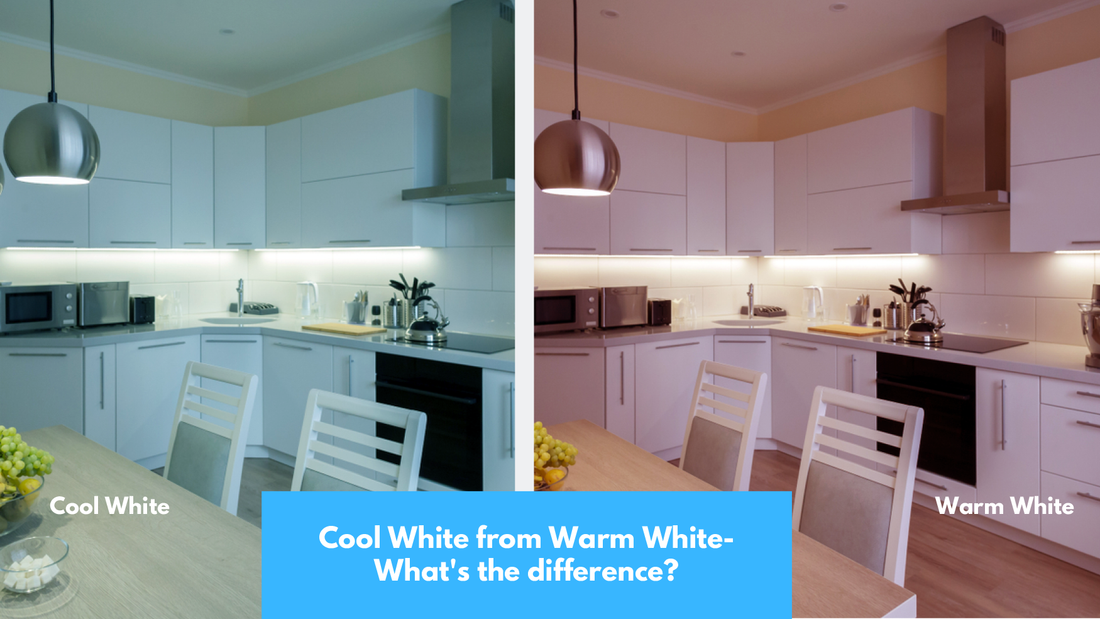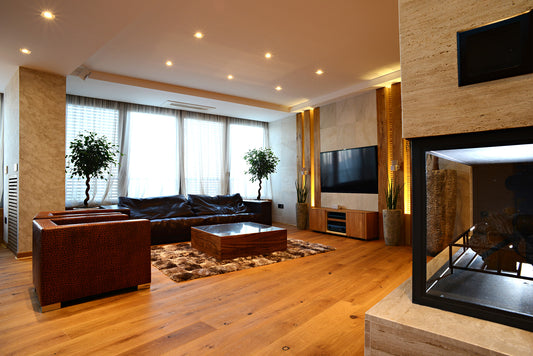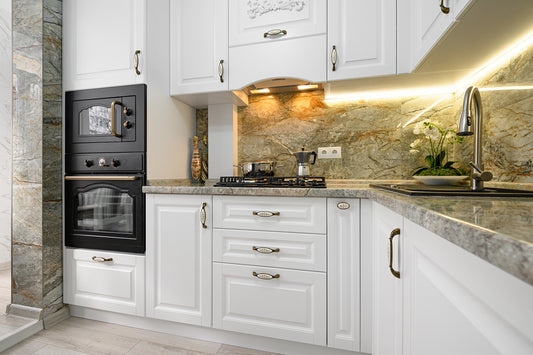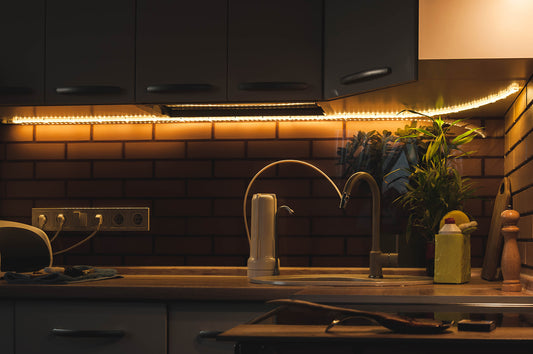More Important Points to Differentiate Cool White from Warm White LEDs
More Important Points to Differentiate Cool White from Warm White LEDs
This is a continuation of another article wherein we further explain how to understand which factors affect your buying decision when attempting to determine which color is better in lighting up your space.
Uniformity Across Different Light Fittings
If we’re going to do a deep dive, there is a need to start from the MacAdam Ellipse.
What is it? Standard Deviation Color Matching in LED lighting uses this system to describe the color precision of a light source.
Color matching is highly dependent on the consistency of colors between a number of light sources. But, how do we achieve this in order to ensure that our space would have the color consistency we’re aiming for?
Measuring Color with the MacAdam Ellipse
We rely heavily on what our eyes can see. This human sensory information is visual, coming to us through reflected light. When we say ‘color consistency’ it pertains to the non-variation in color from one light source to another light source, and fixture to fixture. We often don’t realize that we are influenced by the uniformity of color, but we always respond to it.
Let’s say you’re looking for a place to eat. Restaurant A is illuminated throughout by bright white LEDs, while Restaurant B’s lights vary from yellow to white and one panel is dim. You will likely go to Restaurant A because its color consistency feels comforting and high quality, even if you aren’t conscious of that decision.
The distinction in color between two lights that are visible to the eyes is defined by an industry-specific standard called the MacAdam Ellipse. Each time the human eye detects a color shift, it is measured as a MacAdam Ellipse step. There are certain steps that determine this, and the smaller the step, the more consistent lights are in color.
The key is to look for seasoned manufacturers that create products with a tighter distribution of color points and less variation in tint. This results in smaller variations in lighting colors, satisfying lighting visual scanners and, most importantly, a great user experience.
The climate in your area
A Warm White light feels cozy and mostly used in places with cool climates. It can help set the mood or space, Cool White is usually only considered in warm climates. Imagine coming in from a hot humid day to a home that makes you feel like you're in a fridge is actually a breather!
Whether it be at home or at the office, shop our collection now at 10% OFF and find fixtures that suit your needs. While supplies last only!




